Argentina: Southern
A magnificent tour down the Southern Cone, including Hooded Grebe, Lesser Rhea, Snowy Sheathbill, Magellanic Penguin, Magellanic Plover, Magellanic Woodpecker, Yellow Cardinal, and more than a dozen endemic specialties like Rusty-backed Monjita and Carbonated Sierra Finch. There is an excellent chance for Orca, and a promise of some of the world's most spectacular scenery!
Next Dates
17 November - 29 November 2026 (13 days)
Leaders:
Joshua Bergmark
Group Size Limit:
7
Single Room Supplement: $
700 USD
Deposit: $
750 USD
Price: $
7200 USD
Add a Title
Leaders:
Joshua Bergmark
Group Size Limit:
Add a Title
Single Room Supplement: $
TBD
Deposit: $
TBD
Price: $
TBD
Add a Title
1 December - 13 December 2027 (13 days)
Leaders:
Donna Belder
Group Size Limit:
7
Single Room Supplement: $
700 USD
Deposit: $
750 USD
Price: $
7200 USD
Add a Title
Leaders:
Donna Belder
Group Size Limit:
Add a Title
Single Room Supplement: $
TBD
Deposit: $
TBD
Price: $
TBD
Add a Title
Accommodation:
Comfortable throughout.
Walking difficulty:
Mostly easy, a few moderate walks.
Tour cost includes:
All accommodation, main meals, drinking water, internal flights (as stated in itinerary), overland transport, tips to local drivers and guides, travel permits, entrance fees, and guide fees.
Tour cost excludes:
Flights before and after the tour start/end, visa, travel insurance, tips to tour leaders, laundry, drinks, and other items of a personal nature.


Day 1: The tour starts this evening at Bahía Blanca Airport (BHI), from which we will transfer to a nearby hotel. Already we are further south than Africa’s Cape of Good Hope, and it is only down from here! Night in Bahía Blanca.
Day 2: Exploring several different habitats today, we will start with the threatened Pampas Meadowlark in some lovely grasslands also holding Pampas Pipit, Red-winged Tinamou, Spotted Nothura, Grassland Sparrow, Grassland Yellow Finch, Long-tailed Meadowlark, and the near-endemic Bearded Tachuri. This is also a chance for the elusive Darwin’s Nothura and the less elusive but somewhat scarce Greater Rhea. Scrubby woodlands nearby play host to Hudson’s Black Tyrant, an Argentinian breeding endemic. Other more widespread specialities to search for are Straneck’s Tyrannulet, Greater Wagtail-Tyrant, Chaco Earthcreeper, Tufted Tit-Spinetail, Stripe-crowned Spinetail, Short-billed Canastero, Brown Cachalote, and White-banded Mockingbird. On the coast, we will search for the near-endemic Olrog’s Gull amongst the more numerous Grey-headed Gull, before visiting a reliable site for Crested Gallito. Night in Bahía Blanca.
Day 3: After some morning birding in search of anything missed yesterday, we'll head south. Our latitude will drop further until tonight, when we will be in line with Australia’s island state of Tasmania! The region we are traversing is one of the best in which to see an Endangered species threatened by cagebird trade, the attractive Yellow Cardinal. We will pin this one down by making several targeted stops during the afternoon. Overnight in the coastal town of Las Grutas.
Day 4: This morning, we will search for no less than five species which are effectively Argentinian endemics: Black-crowned Monjita, White-throated Cacholote, Sandy Gallitothe, the attractive Carbonated Sierra Finch, and Cinnamon Warbling Finch. The breeding-endemic “Black-breasted” Ringed Warbling Finch is also likely to be seen, along with White-tipped Plantcutter, and Golden-billed Saltator. If the weather is fine, we should have excellent opportunities to photograph the intriguing Burrowing Parrot in the coastal cliffs near our hotel! After lunch, we will drive south again, entering the northern expanse of Patagonia. Late this afternoon, we will head out in search of the bizarre Snowy Sheathbill, which is typically quite reliable around certain seal colonies in the area at this time of year! Overnight in Puerto Madryn.
Day 5: With a full morning to explore the Valdés Peninsula loop road, we will try our best to locate Darwin’s Nothura, should we still need it, and can expect several more chances for Snowy Sheathbill. Among an abundance of Southern Cone specialties, we might see our first Magellanic Oystercatcher and probably also Blackish Oystercatcher, along with Brown-hooded Gull, Scale-throated Earthcreeper, Plain-mantled Tit-Spinetail, Sharp-billed Canastero, Grey-bellied Shrike-Tyrant, Austral Negrito, Patagonian Mockingbird, Diuca Finch, and Patagonian Yellow Finch. In addition to several colonies of Elephant Seal and South American Sea Lion, the shallow offshore waters hold good numbers of both Southern Right Whale and the world-famous beaching Orcas (but it would be a real miracle to see their unique hunting style in action). There are many other mammals in the area, including the very strange Patagonian Mara, Guanaco, Large Hairy Armadillo, and Pampas Fox.
Reaching Trelew in the afternoon, we will spend the last part of the day at a local sewage works that is typically overflowing with birds. Here we will hopefully see the brood-parasitic Black-headed Duck and lovely Rosy-billed Pochard, two waterfowl best seen in Argentina. Other species likely include Black-necked Swan, Coscoroba Swan, Red Shoveler, Lake Duck, Chiloé Wigeon, White-winged Coot, and more. Overnight in Trelew.
Day 6: Certainly one of the highlight days of this tour, we will start in the steppe where several special near-endemic birds could include Lesser Rhea, Elegant Crested Tinamou, Band-tailed Earthcreeper, Lesser Shrike-Tyrant and Short-billed Pipit. There are also two more true Argentinian endemics to be found here: Patagonian Canastero and Rusty-backed Monjita. A little to the south is the small peninsula of Punta Tombo, noteworthy in that it hosts the largest continental breeding colony of penguins anywhere in the world! The sights, sounds and smells of the abundant Magellanic Penguins can be enjoyed from close range in this awe-inspiring landscape. Sharing their space, we should see the flightless endemic Chubut Steamer-Duck, plus Rock Shag, Imperial Shag, Chilean Skua, Dolphin Gull, South American Tern, and pesky Southern Giant Petrels feasting on carrion. After birding our way down the coast, we will arrive at our hotel in the evening. Night in Comodoro Rivadavia.
Day 7: Today is a long travel day, broken only by rest stops and our first chances at the uncommon Patagonian Tinamou. Around lunchtime, we will drop below a latitude equivalent to the southern tip of New Zealand! Night in Puerto San Julian.
Day 8: After another search for Patagonian Tinamou this morning, we drive westwards to Estancia La Angostura near Gobernador Gregores for afternoon birding and a two-night stay. Lost to science and considered extinct for fifty years, Austral Rail was rediscovered here in the late 90’s. With some patience, we hope to observe this mega! The wetlands are full of waterbirds, though we particularly hope to see the beautiful but retiring Silver Teal. Some other interesting birds might include Black-faced Ibis, Chilean Swallow, Austral Negrito, Yellow-winged Blackbird, and Black-chinned Siskin. Night at Estancia La Angostura.
Day 9: Grebe Day! Today we will visit some remote upland lakes where we will be searching for the Critically Endangered Hooded Grebe. Although this rare species is hard to predict and locate, our excellent local guides should be able to take us to the right spot! During the day, we will also be on the lookout for Upland Goose, Tawny-throated Dotterel, Least Seedsnipe, Buff-winged Cinclodes, Chocolate-vented Tyrant, Dark-faced Ground Tyrant, and Grey-hooded Sierra Finch. Night at Estancia La Angostura.
Day 10: After some early morning birding at La Angostura if need be, we will head southwestwards to El Chaltén for a scenic overnight stay on the eastern side of Mount Fitzroy. There are many new birds to find here, including Bronze-winged Duck, Austral Parakeet, Andean Condor, Chilean Flicker, Rufous-tailed Plantcutter, Thorn-tailed Rayadito, White-throated Treerunner, Chilean Elaenia, Fire-eyed Diucon, Black-throated Huet-huet, Austral Thrush, and Austral Blackbird. At night, we will go out in search of Rufous-legged Owl and the diminutive Austral Pygmy Owl. Night in El Chaltén.
Day 11: Morning birding around El Chaltén in the Nothofagus forest before continuing our march south to El Calafate for a two-night stay. Night in El Calafate.
Day 12: Our principal target at El Calafate itself is the enigmatic and monotypic Magellanic Plover, but the wetlands here also hold a superb concentration of other waterbirds, including large numbers of Chilean Flamingoes, with dapper Wren-like Rushbird around the edges. The afternoon will be spent around Los Glaciares National Park, where stunning scenery gives an epic backdrop to our search for Magellanic Woodpecker and Magellanic Tapaculo! Night in El Calafate.
Day 13: After some final early morning birding, our tour ends at El Calafate International Airport (FTE) around lunchtime.
NOTE: We are considering adding a few days after the tour in 2026 to target Strange-tailed Tyrant in the north. Let us know if this is of interest to you!



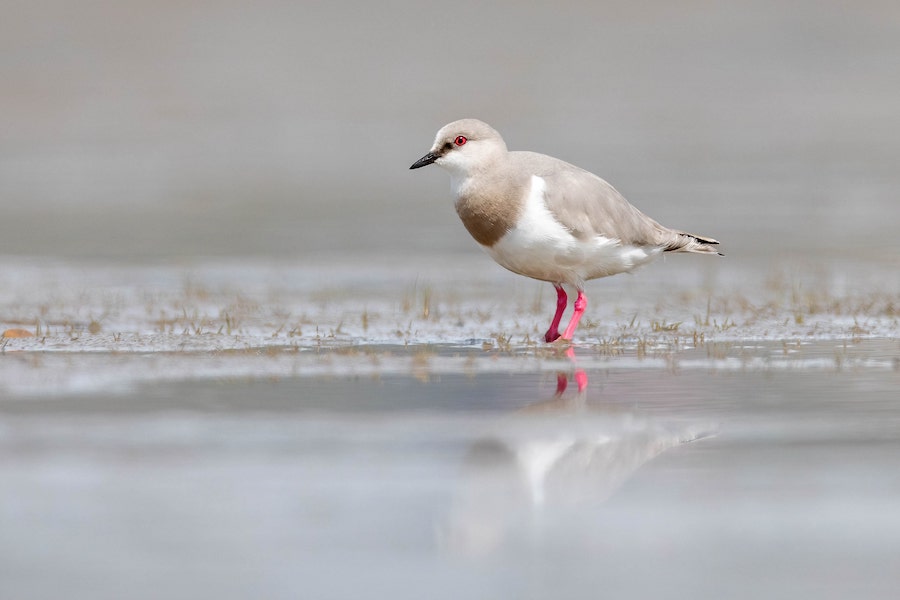

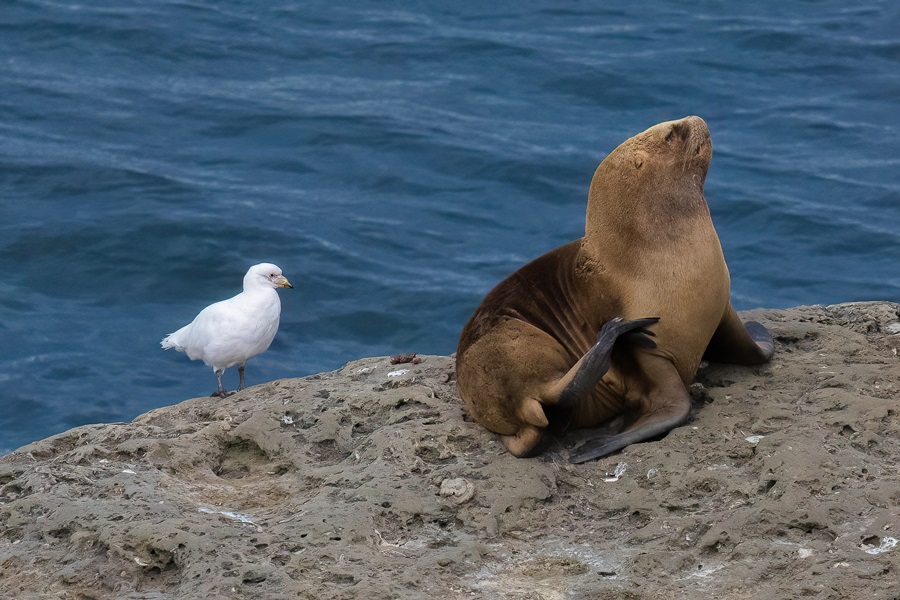

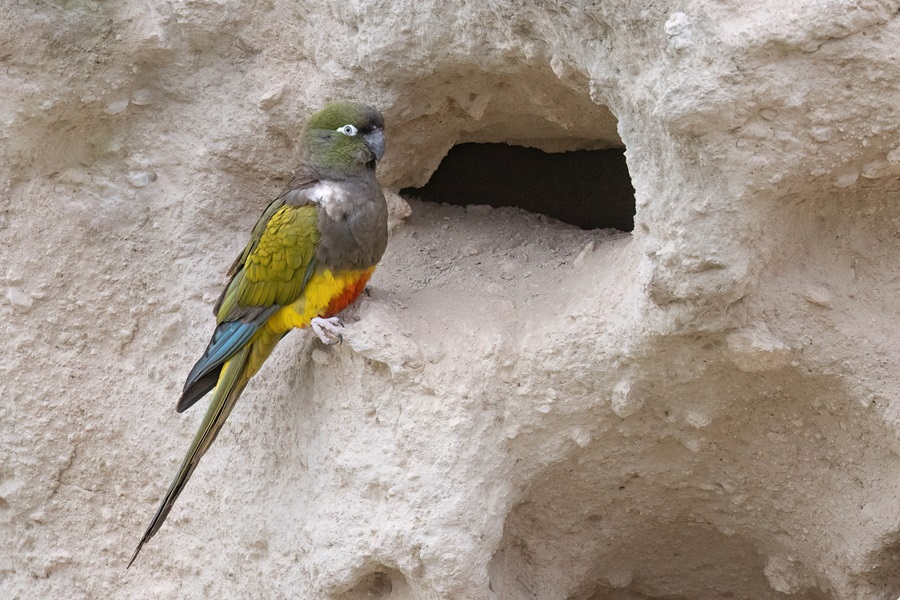

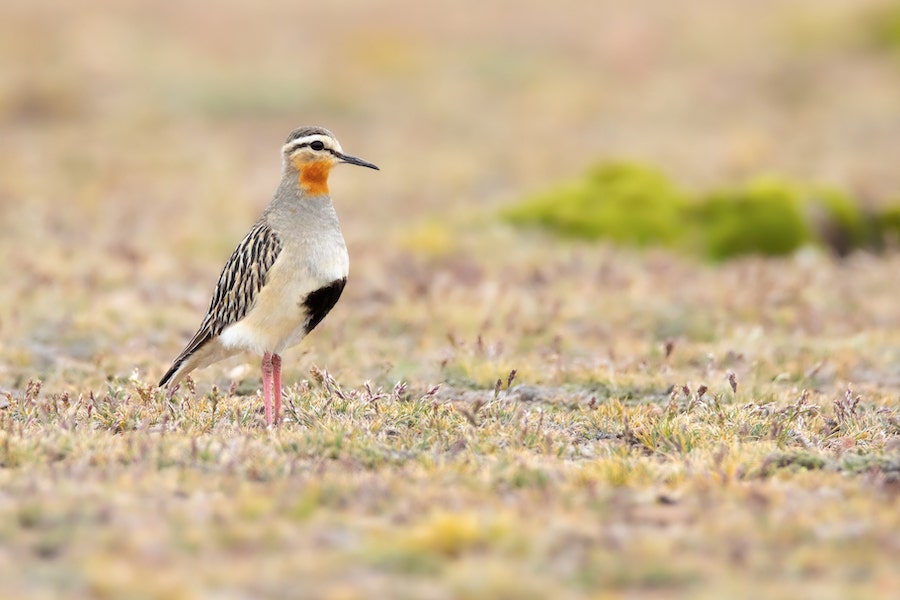



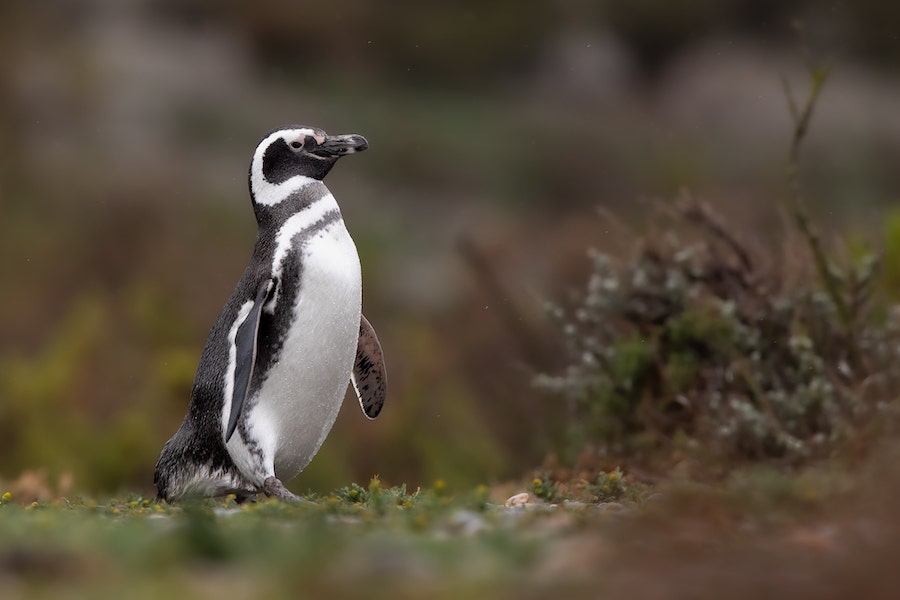

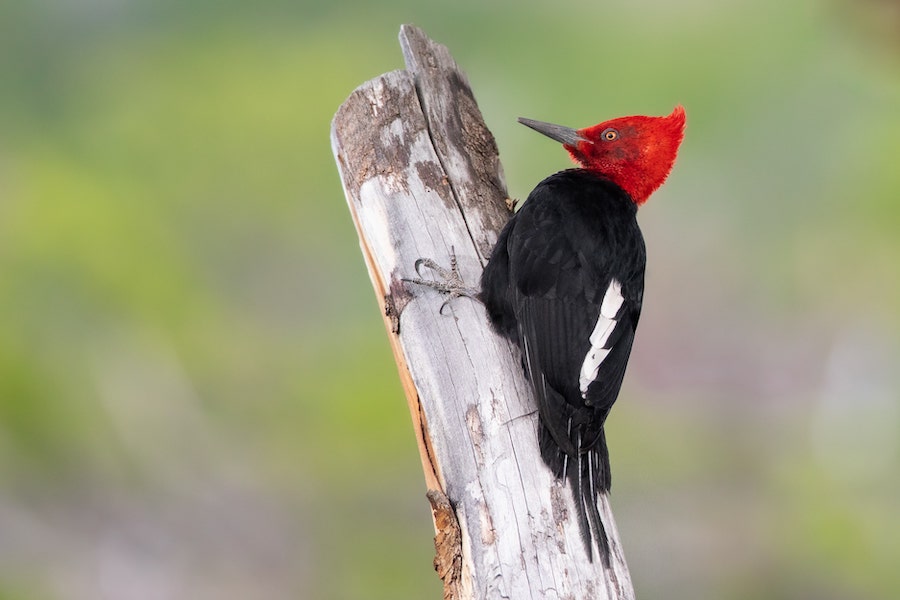





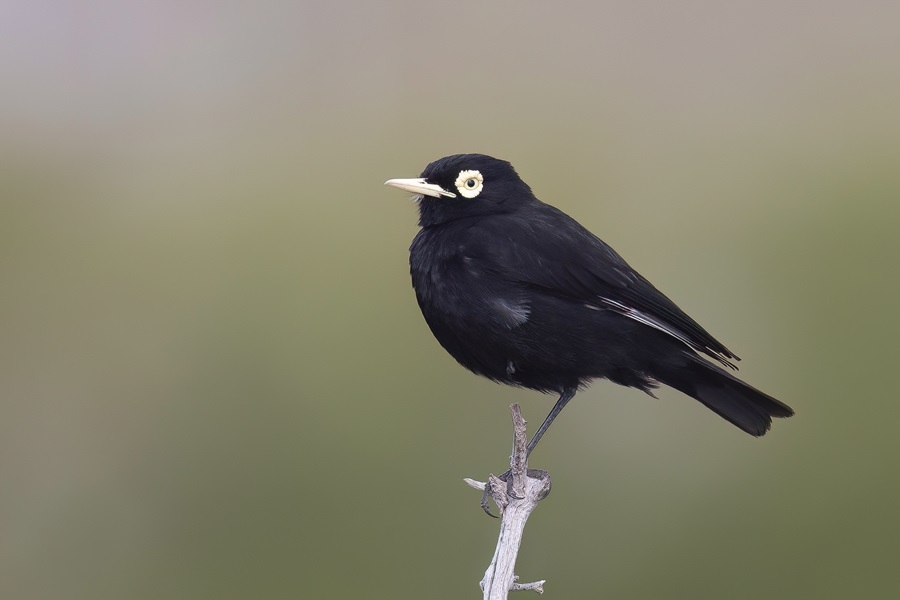




.jpg)





